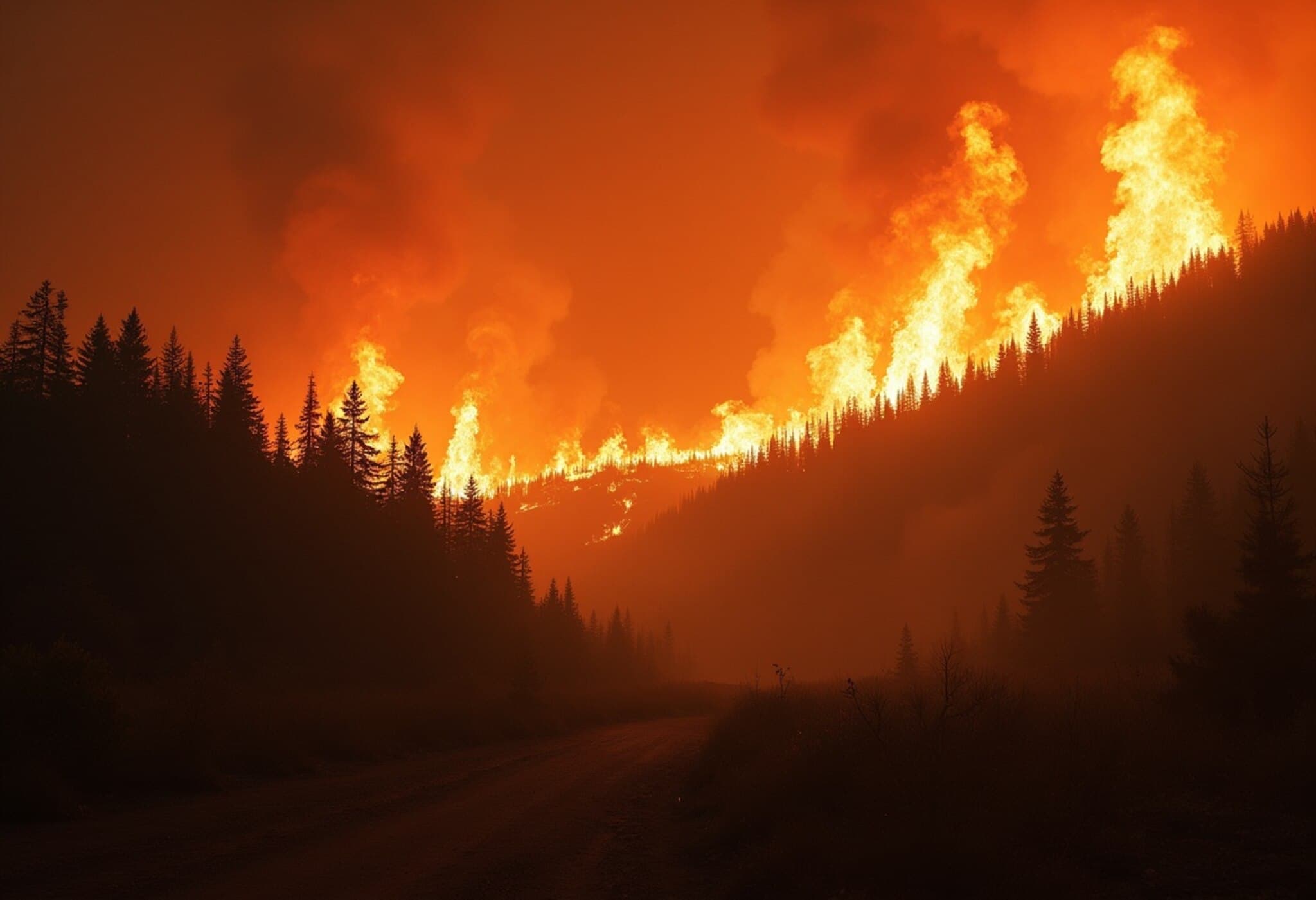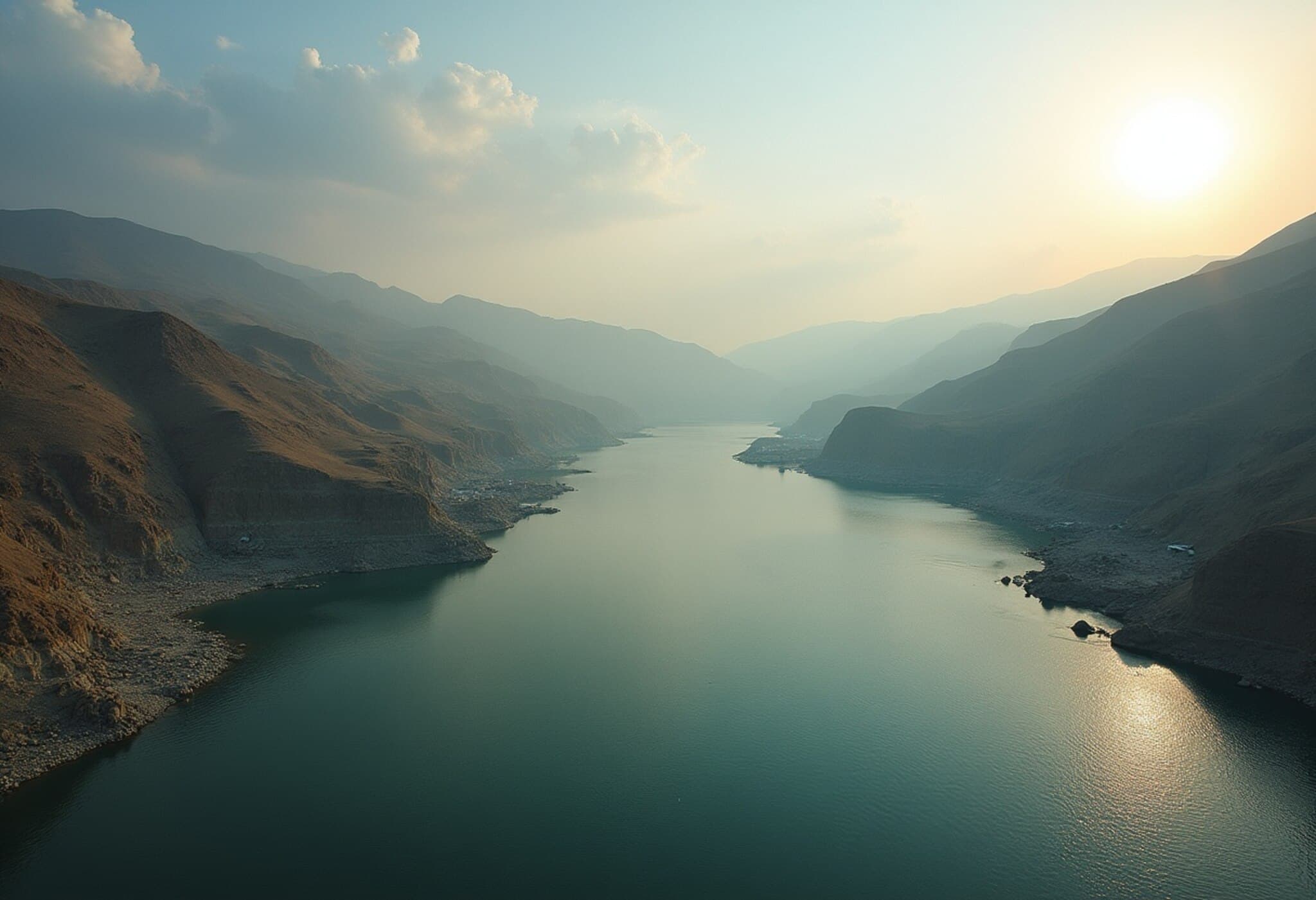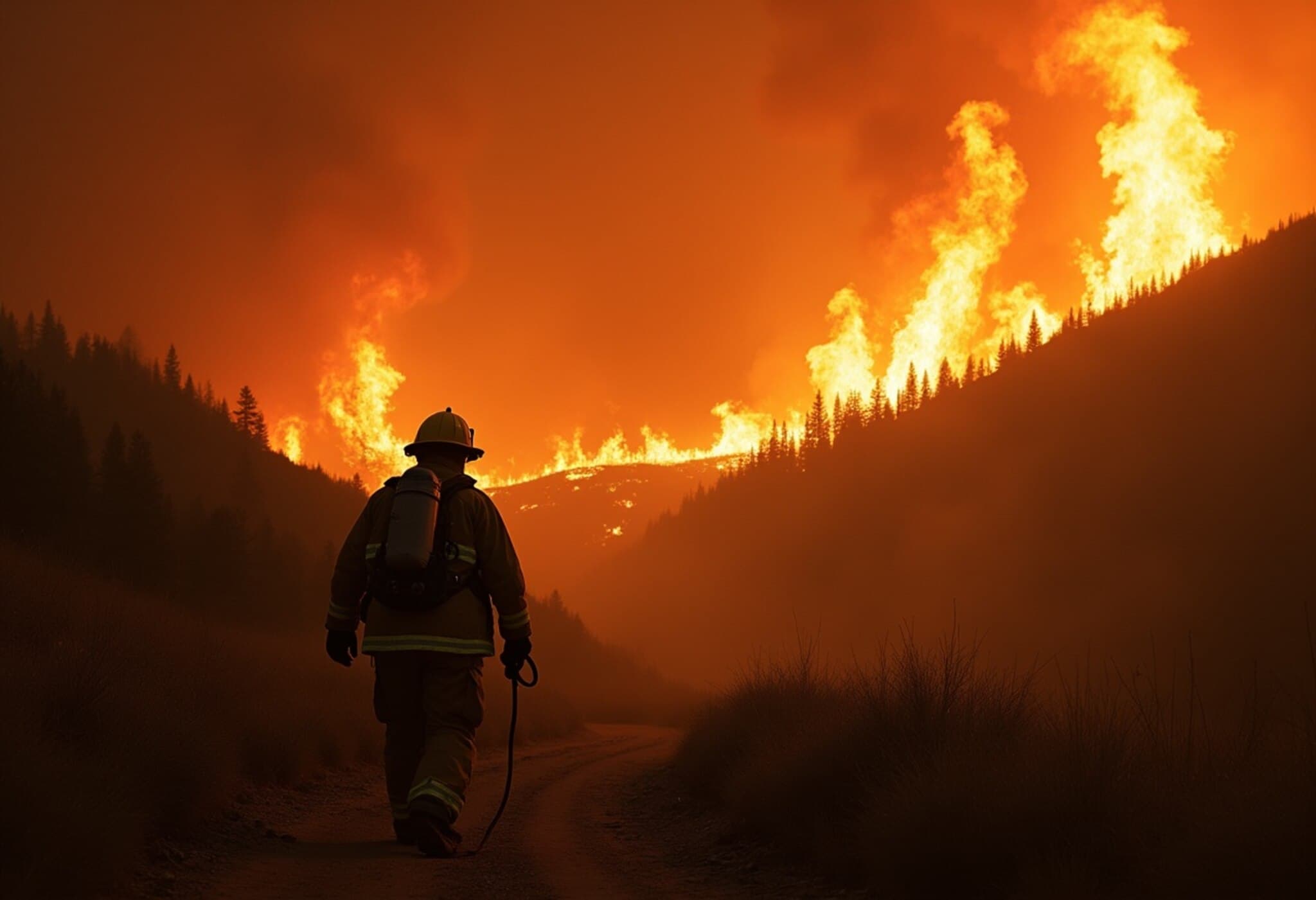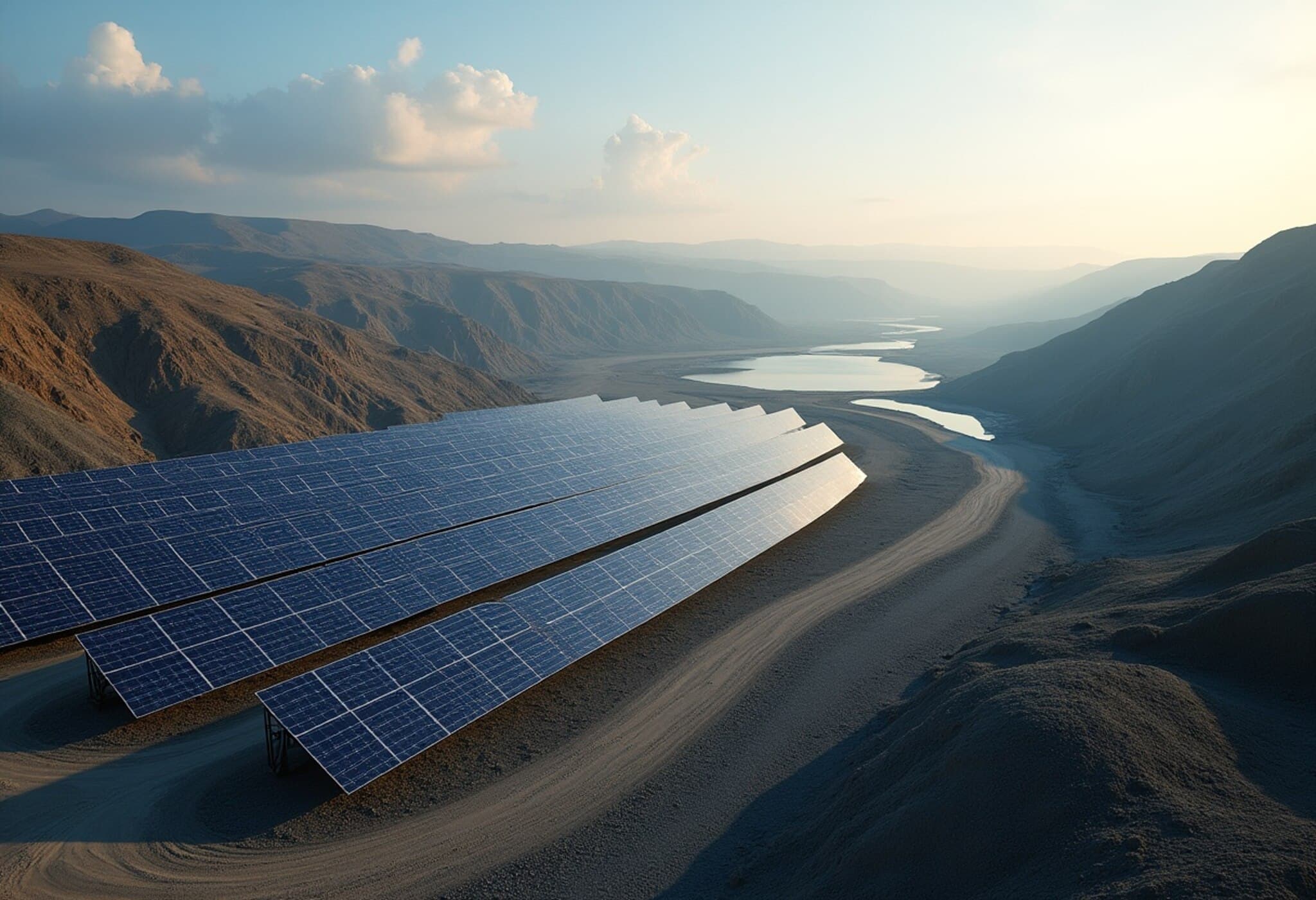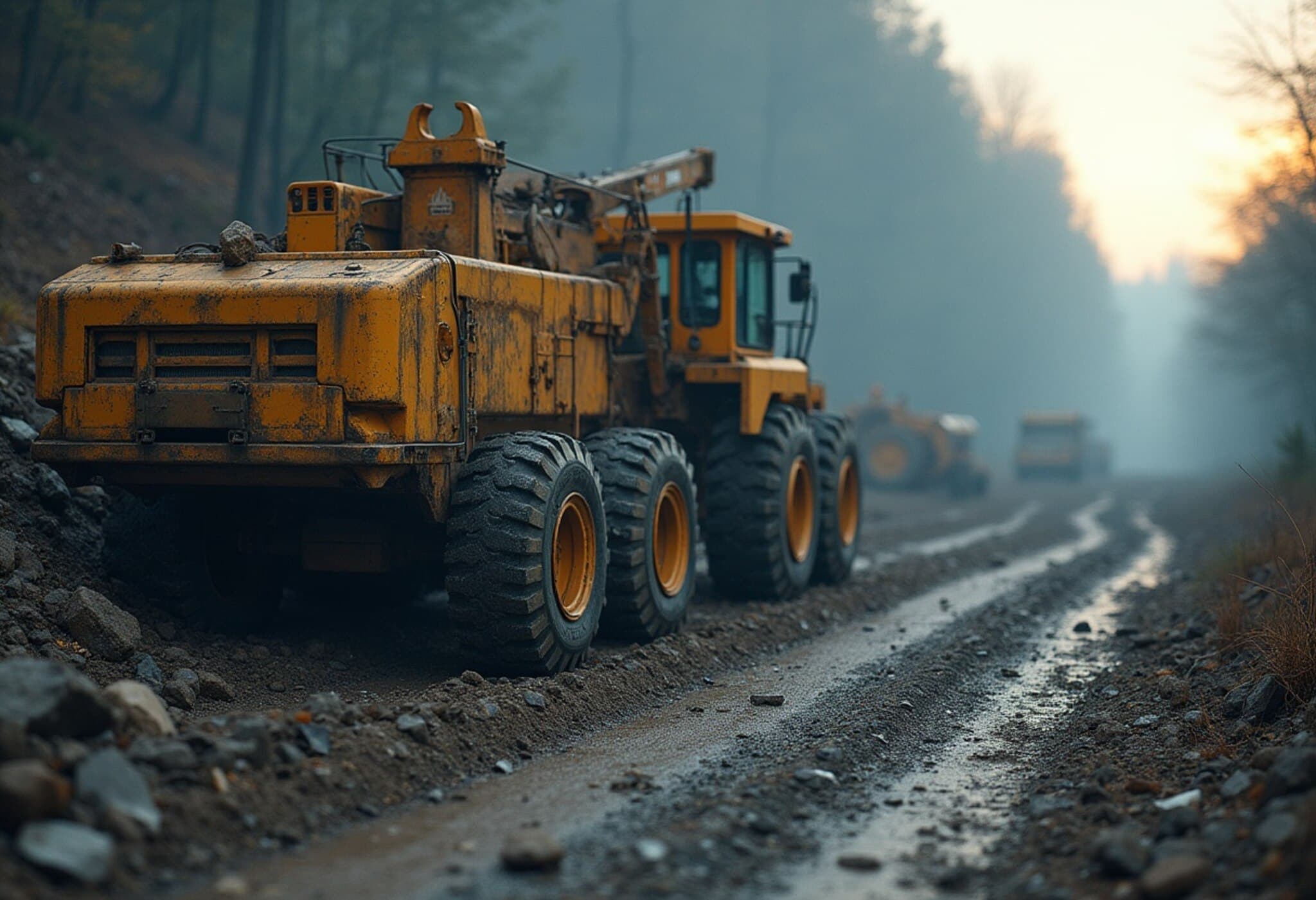America's Leading States in Climate Resilience and Renewable Energy
As climate change fuels more frequent and severe natural disasters across the United States, the readiness of individual states to face these challenges has never been more critical. From devastating floods in Texas to prolonged wildfire seasons in the West, the human and economic toll of extreme weather is climbing dramatically.
Last year alone, the U.S. suffered 27 climate-related disasters that each cost over $1 billion, accumulating a staggering total of $182.7 billion in damages. This economic burden rivals the entire decade of the 1980s, highlighting how climate risks have escalated both in frequency and intensity.
Why State-Level Preparedness Matters
For businesses deciding where to expand or locate new operations, understanding climate risks and sustainability efforts is becoming a top priority. Insurance premiums for property and homeowners continue climbing, with some states like Louisiana seeing hikes as high as 28% due to heightened disaster exposure.
Against this backdrop, CNBC's annual America's Top States for Business study incorporates sustainability and climate risk management as a significant component of each state's competitiveness score. This ranking is informed by comprehensive data from the National Oceanic and Atmospheric Administration (NOAA), nonprofit research groups, and private sector resilience analyses, reflecting factors such as renewable energy adoption, disaster risk, and infrastructure resilience.
The Top 10 States Leading the Way in Climate Resilience
-
Nevada
The Silver State shines as the top performer, boasting over 64% of its electricity generated from renewables, including solar, wind, geothermal, and hydroelectric power from the iconic Hoover Dam. Despite nearly all properties being at risk primarily from wildfires, Nevada's extensive resilience measures position it as the nation's most sustainable state in 2025.
- Infrastructure Score: 239/405 (Grade B)
- Climate Extremes Index: 34.64%
- Properties at Risk: 99.7%
- Resilience Score: 8 (1 is most resilient)
-
Colorado
Renowned for its environmental stewardship, Colorado strives to reach net-zero greenhouse gas emissions by 2050. With 47% renewable energy powering its grid and ongoing battle against escalating wildfire risks, the state maintains robust climate resilience efforts and infrastructure.
- Infrastructure Score: 240/405 (Grade B+)
- Climate Extremes Index: 39%
- Properties at Risk: 65.4%
- Resilience Score: 12
-
Vermont
The Green Mountain State lives up to its name with strong sustainability practices despite its exposure to extreme regional climate variability. Vermont actively invests in municipal infrastructure and land-use planning to address climate risks, maintaining solid protection for its communities.
- Infrastructure Score: 171/405 (Grade D+)
- Climate Extremes Index: 60.46%
- Properties at Risk: 12%
- Resilience Score: 9
-
Maine
Despite rugged weather and some setbacks—such as challenges around the withdrawal of a $9 million federal grant—Maine has taken significant strides in climate risk mitigation, particularly through coastal and waterfront protections aided by federal funding. Controversies impacting grant allocations, however, raise important questions about the intersection of policy and environmental priorities.
- Infrastructure Score: 119/405 (Grade F)
- Climate Extremes Index: 60.46%
- Properties at Risk: 59.2%
- Resilience Score: 11
-
New Mexico
Known as the Land of Enchantment, New Mexico leverages its abundant solar, wind, and geothermal resources to generate nearly 60% of its electricity from renewables. Its comprehensive 2024 climate plan emphasizes flexibility, inclusivity, and inter-agency coordination, shining as an example of adaptive governance in the face of increasing fire and flood risks.
- Infrastructure Score: 201/405 (Grade C)
- Climate Extremes Index: 39%
- Properties at Risk: 72.9%
- Resilience Score: 18
-
Iowa
While synonymous with ethanol production, Iowa is also a powerhouse in wind energy, ranking second nationally. Although its disaster risk remains relatively low, the state lags in adopting protective measures, which may suggest underlying insurance market concerns amid evolving climate uncertainties.
- Infrastructure Score: 221/405 (Grade B–)
- Climate Extremes Index: 53.22%
- Properties at Risk: 10.6%
- Resilience Score: 42
-
Minnesota
The Land of 10,000 Lakes faces a broad spectrum of weather extremes but enjoys relatively low disaster risks. As the first state to mandate biodiesel fuel blends, Minnesota illustrates how policy innovation can contribute to a diverse renewable portfolio and reduce dependence on fossil fuels.
- Infrastructure Score: 258/405 (Grade A–)
- Climate Extremes Index: 53.22%
- Properties at Risk: 14%
- Resilience Score: 28
-
Arizona
Despite soaring summer temperatures and wildfire risks threatening almost all properties in the state, Arizona leads with resilient infrastructure and a pioneering Office of Resiliency focused on housing, emergency response, and public cooling centers. Balancing high electricity demand with renewable expansion remains an ongoing challenge.
- Infrastructure Score: 279/405 (Grade A)
- Climate Extremes Index: 39%
- Properties at Risk: 99.14%
- Resilience Score: 6
-
Michigan
With vast Great Lakes shorelines challenging the state’s infrastructure through storms and seasonal extremes, Michigan shines in property-level resilience. Governor Gretchen Whitmer's $5 billion infrastructure plan includes significant investments to safeguard transportation and other critical systems from climate impacts.
- Infrastructure Score: 231/405 (Grade B)
- Climate Extremes Index: 53.22%
- Properties at Risk: 9.23%
- Resilience Score: 4
-
South Dakota
South Dakota stands out as a national leader in renewable energy, with two-thirds of its electricity sourced from renewables, mostly wind. The state is broadening its green energy portfolio to include solar, hydrogen, and biofuels as resilience remains central to its forward-looking climate strategies.
- Infrastructure Score: 197/405 (Grade C)
- Climate Extremes Index: 45.02%
- Properties at Risk: 36.6%
- Resilience Score: 46
Expert Insight: The Complex Road Ahead
While these ten states lead in integrating sustainability and climate resilience, challenges persist nationwide. From uneven insurance markets affecting homeowner costs to political disputes interfering with crucial federal funding, the path to robust climate preparedness is fraught with complexity.
Moreover, as extreme weather intensifies, the question remains: Are these state efforts sufficient when placed against the accelerating nature of climate risks? Public and private sectors will need to continuously innovate and invest to protect populations and economies.
Editor's Note
In an era where climate adversity has become a defining challenge, understanding which states are best prepared offers crucial guidance for policymakers, residents, and businesses. This analysis spotlights successes but also underscores areas demanding urgent attention—particularly equitable protection for all communities, resilient infrastructure investment, and proactive disaster mitigation.
As the United States confronts an uncertain climatic future, these state-level strategies provide a roadmap that other regions can adapt. Careful scrutiny and ongoing evaluation will be essential to ensure that progress keeps pace with the evolving landscape of extreme weather risks.




